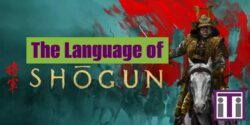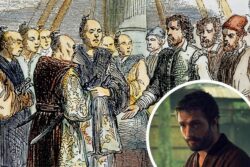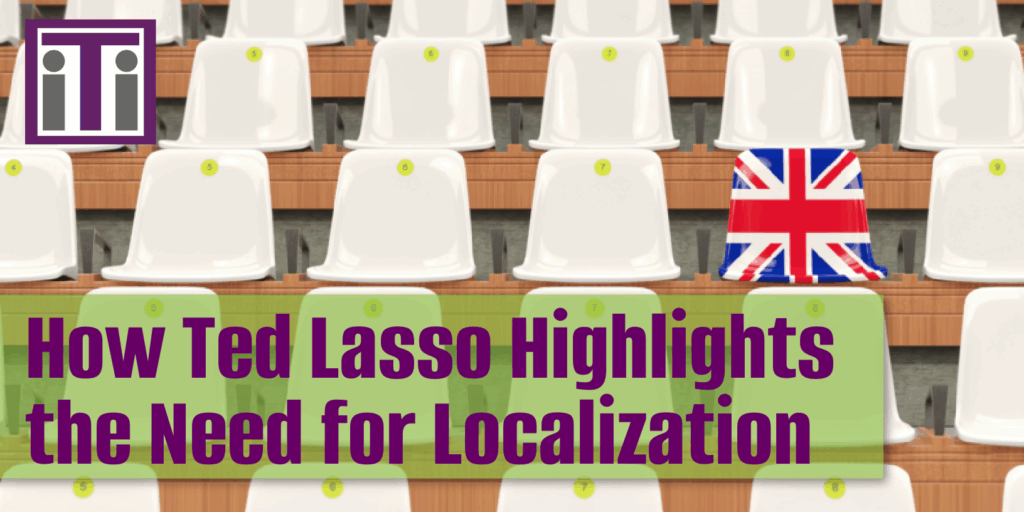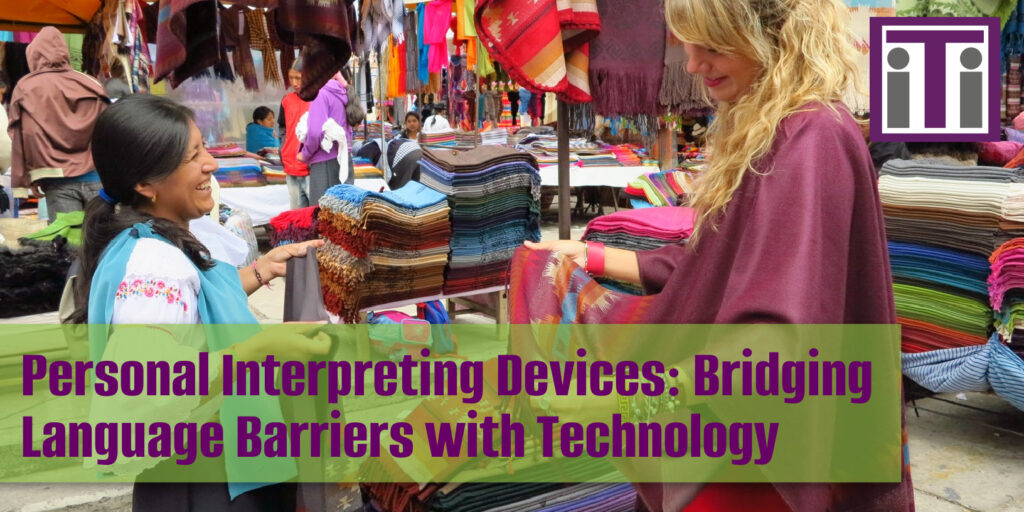The Language of Shōgun
Reading Time: ~5 mins

According to Justin Marks, co-creator of the 2024 FX miniseries, Shōgun is “…a story about what gets lost in translation when two cultures collide.”
As an avid fan of the original James Clavell novel, I was excited when pre-release reviews praised the series’ historical authenticity. Clavell’s book was based on real events and people, and the 1980 series, while well done, was less stringent about historical details.
Today, I have a new context for the 2024 version. In addition to being very familiar with the original story, I also see it through the eyes of someone working in the language services industry.
The Japanese spoken on camera is authentic to the 1600s setting.
One of the ways in which Shōgun prioritizes authenticity is by using period accurate Japanese. Anna Sawai, the actress who portrays Mariko, says that even though she is a fluent Japanese speaker, she had to learn to speak a more traditional form for the role.
There is more Japanese spoken than in the 1980 version.
While much of the story revolves around John Blackthorne, known as “Anjin” (pilot) because his name is too difficult to pronounce, it is also the story of Toranaga’s struggles against Ishido and his council of regents. The majority of the show’s dialogue is in Japanese. Co-creator Rachel Kondo discusses why in this article.
All languages except Japanese are rendered as English.
In the novel, John Blackthorne is based on the real-life character William Adams, the first Englishman to sail to Japan. Blackthorne is both an educated man and one who is in what was, in the 1600’s, an international profession. Therefore, he is fluent in English, Dutch, Portuguese, Spanish and Latin.

The main characters in Shōgun are based on history.
By the time the story takes place, the Portuguese had been trading in Japan for over a century and had converted many Japanese to Catholicism. Portuguese was Japan’s second language and was how Blackthorne was able to communicate as he struggled to learn Japanese. He speaks Dutch with his crew and Spanish with the pilot Rodrigues, as well as with a Spanish priest he encountered in Ishido’s prison.
For the sake of Western audiences, the decision was made to have only two languages: Japanese and English. The show’s creators explain why in this article:
Hard-core fans of the novel (like myself) may mourn the loss of another language that was sacrificed for the sake of western audiences. In the book priests, who hoped to influence Mariko to become a Catholic nun, taught her Latin, a language that Blackthorne, as a well-educated man, also speaks fluently. This becomes their love language, ensuring that their private conversations can not be understood by Portuguese-speaking spies of Mariko’s husband. According to those who have seen the not-yet released episodes, the series renders the Latin conversations to English.
None of the interpreters are professionals, and it shows.
Part of a professional interpreter’s code of conduct is to add nothing and leave nothing out of an interpreted conversation. But the interpreters in Shōgun are not professionals, they are bilingual people thrust into the position. Just as today’s ad-hoc interpreters can’t always be relied on to be accurate in a professional setting, the characters often allow their own biases to take precedence over truthful communication.
The first interpreters that Blackthorne encounters are Portuguese Catholic priests. They consider him to be a heretic, and view him as their enemy, a sentiment with which he heartily concurs. They are reluctant to repeat much of what he says, because it is often contrary to their interests.

Hosokawa Gracia, on whom the character Mariko is based
For much of the story, Mariko acts as Blackthorne’s interpreter and, in most cases, performs her task faithfully. But those who pay close attention to the subtitles will notice that she often is less than 100% accurate. She paraphrases, sometimes to be more diplomatic and to soften words that either party might consider insulting or hostile.
On other occasions, Mariko seems to make omissions or changes for her own personal reasons. In a scene when she is interpreting between Blackthorne and Kiko, a courtesan with whom he has just spent the night, she leaves out Kiko’s invitation to visit again.
These inaccuracies all make perfect sense for the story, but from the point of view of a professional interpreter, failing to accurately interpret any conversation would be unthinkable.
What Shōgun says about language services today.
The series, much like our daily work, highlights the beauty and complexity of communication, the challenges of accurate interpretation, and the profound impact language has on understanding and relationship building across different cultures. Through “Shōgun,” we are reminded of the critical importance of professional interpreters and translators in facilitating not just accurate exchange of words, but the conveyance of intentions, emotions, and cultural nuances.
| Talk to an Expert |
Interpreters and Translators, Inc. is a full-service language solutions company based in Glastonbury, Connecticut. iTi is an NMSDC-certified minority owned business.





